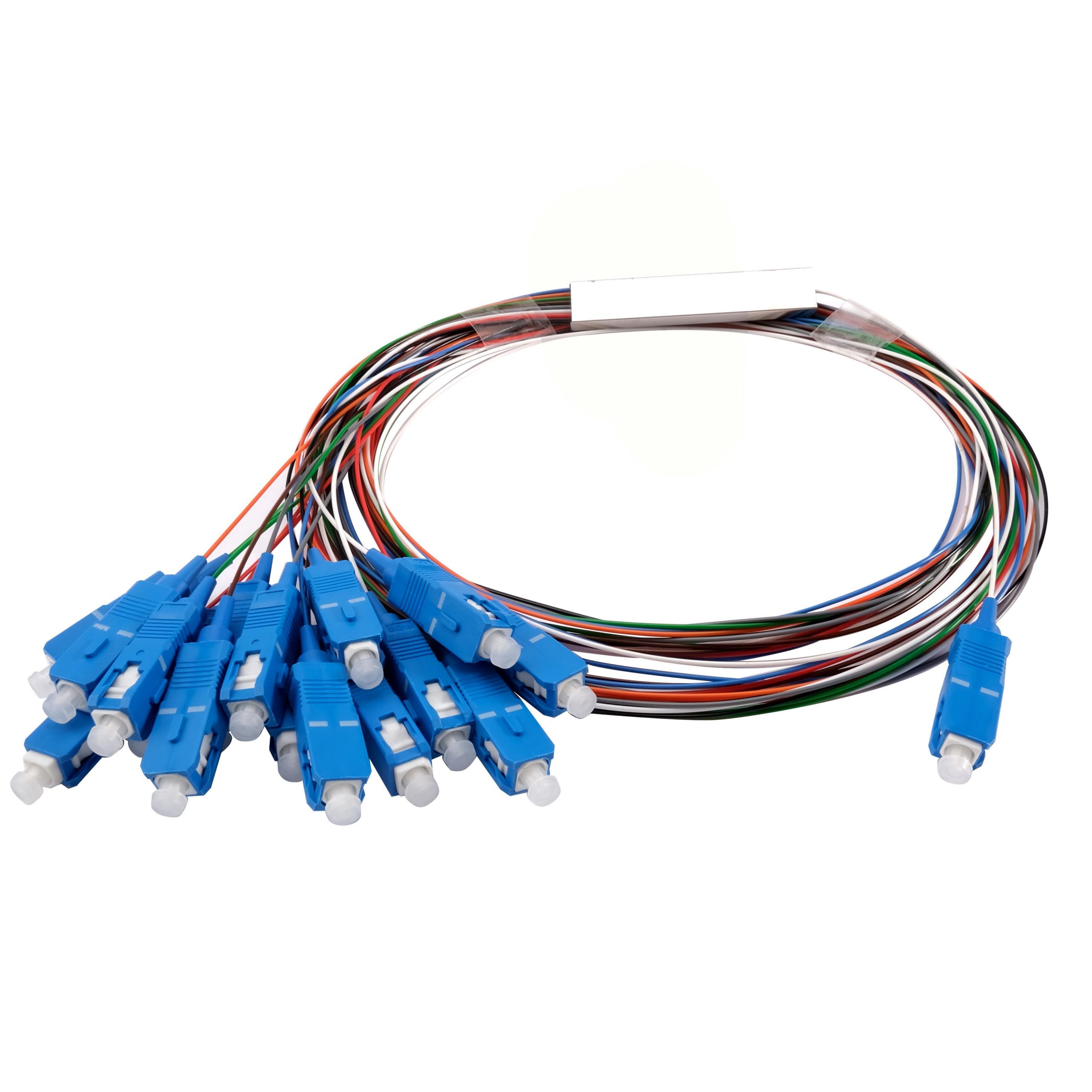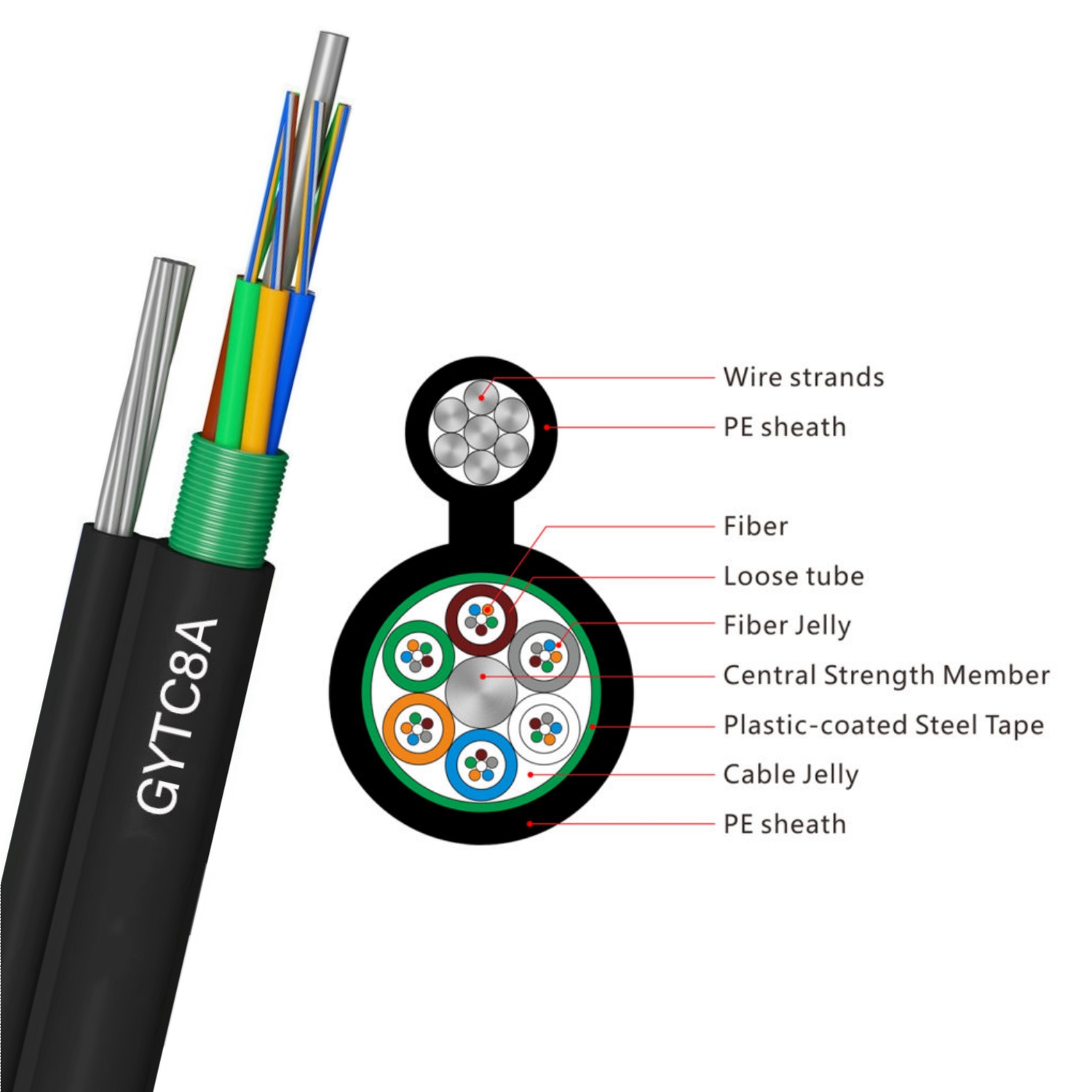Introduction
In today’s digital age, where high-speed data transmission is essential, the PLC splitter stands out as a crucial component in optical networks. These devices, also known as Planar Lightwave Circuit splitters, play a vital role in dividing optical signals into multiple paths, facilitating efficient data distribution. Let’s delve deeper into the significance and applications of PLC splitter in modern communication systems.
Understanding PLC Splitter
PLC splitters are designed to split optical signals without requiring any power supply or external energy source. They utilize a planar lightwave circuit to divide the input optical signal into two or more output signals with minimal loss. This passive operation makes them highly reliable and cost-effective for various applications.
Efficient Data Distribution
One of the primary functions of PLC splitters is to enable efficient data distribution in optical networks. By splitting the optical signal, PLC splitters allow multiple users or devices to access the network simultaneously without compromising signal integrity or performance. This capability is particularly crucial in telecommunications networks, cable television (CATV) systems, and fiber-to-the-home (FTTH) installations.
Versatile Applications
PLC splitters find versatile applications across a wide range of network architectures. They are commonly used in passive optical networks (PON), where they facilitate the distribution of optical signals between central offices and multiple subscribers. Additionally, PLC splitters are integral components in wavelength division multiplexing (WDM) systems, enabling the transmission of multiple signals over a single optical fiber.
Space-saving Solution
One of the key advantages of PLC splitters is their compact size and efficient use of space. Unlike traditional splitter technologies, which often require bulky components and complex configurations, PLC splitters feature a monolithic design that allows for integration into small form factor devices. This space-saving feature not only simplifies network deployment but also reduces infrastructure costs, making PLC splitters an attractive choice for network operators.
Enhanced Reliability
PLC splitters offer enhanced reliability compared to alternative splitter technologies. Their monolithic structure and passive operation minimize the risk of component failure, resulting in greater uptime and lower maintenance requirements. This reliability is essential for ensuring uninterrupted communication in critical applications such as telecommunications, where downtime can have significant financial and operational implications.
Conclusion
In conclusion, PLC splitters play a crucial role in optimizing network efficiency and enabling seamless communication in modern optical networks. Their passive operation, efficient data distribution capabilities, compact design, and enhanced reliability make them indispensable components in telecommunications, CATV, and FTTH networks. As the demand for high-speed data transmission continues to grow, PLC splitters will remain at the forefront of shaping the future of communication technology.



